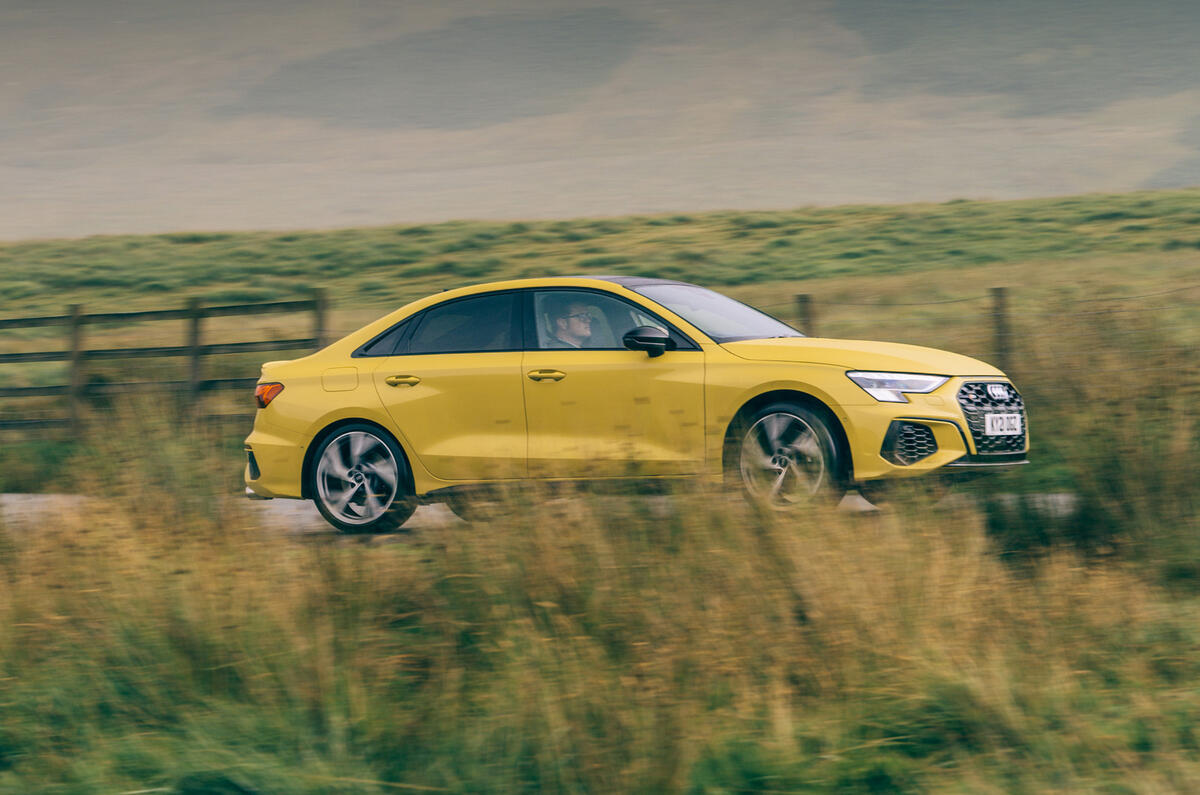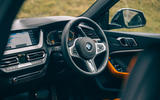The Jaguar XE is a car that has always deserved greater showroom success than it has achieved. With the latest updated version, its maker has thrown caution – and, apparently, quite a lot of profit margin – to the wind, by taking the most direct route imaginable to commercial headway.
Having made some revisions to the car’s interior and equipment specification, Jaguar slashed more than £4000 off the price of an entry-level diesel XE earlier this year, while at the same time giving the car a 20bhp power hike. A 201bhp, rear-wheel-drive XE S D200 automatic thus became cheaper at list price (which is now only a whisker above £30,000) than a whole heap of cars you simply wouldn’t expect to compare it with. Is a 2.0-litre diesel Volkswagen Golf R-Line with a DSG gearbox on your shopping list? What about a mid-spec 2.0-litre diesel Vauxhall Insignia, or an entry-level Toyota Camry hybrid, or a diesel-engined Ford Focus ST? Well, if you like, now you can have an XE instead.
Higher up the model range, the price ‘realignment’ has brought Jaguar’s most compact of executive saloons into competition with other new-found rivals. The XE line-up has been trimmed down since it was introduced in 2015 and now consists of only two mechanical derivatives: that rear-driven, 201bhp diesel and a four-wheel-drive, 296bhp four-cylinder P300 petrol junior performance saloon. The latter has benefited from an even bigger price slash than the former: a range-topping P300 R-Dynamic HSE is now £5000 cheaper than it was, and so it lines up almost exactly on price with an Audi S3 Saloon and the four-door BMW M235i xDrive Gran Coupé.
![]()
The sportiest XE has come down a full fighting weight classification, then. Is that a tacit admission of what so many have assumed: that this car won’t be replaced? If you were Jaguar, would you make that decision if you had an all-new XE coming in another three years’ time, a car that is heading back into competition with bigger fish? I doubt it. But either way, having been conceived as a classic longways-engined, rear-driven compact executive saloon to finally put Jaguar into the BMW 3 Series market, the XE is now taking on smaller, transverse-engined, natively front-wheel-drive saloons built on what we might think of as hatchback platforms. Easy meat? Let’s find out.























































Join the debate
Add your comment
I would also be quick to say I prefer the looks of the XE to the other two. It is both prettier and more elegant. It also steers more fluently and on the right, smooth and twisty road it is the better handler. Not bad for a 10 year old chassis (mix of F-Type and XF). Those however, are the only areas where it is better than the German cars you have chosen to compare it with.
They are faster (significantly), more economical, more practical (the XE boot is a joke, and have you tried getting in the back? It's a lottery whether you bang your head first or get your feet trapped) The German cars are more stable and planted on fast roads, they are easier to see out of, they have more advanced and easier to use technology (particularly the BMW) and offer more options if you desire them. They are better built and will probably last longer and they have longer service intervals.
Then there is the question of cost, particulalry depreciation. The Jaguar will lose far more, far quicker than the German cars, regardless of now being list priced more realistically.
In fact the XE should be compared against the BMW X-Drive 330i which would annihilate the XE. The 2-series was always a mongrel range filler, not a core model like the 3.
Funny how 20 years ago Autocar was saying the front wheel drive X type set it apart from the rear wheel drive Germans....